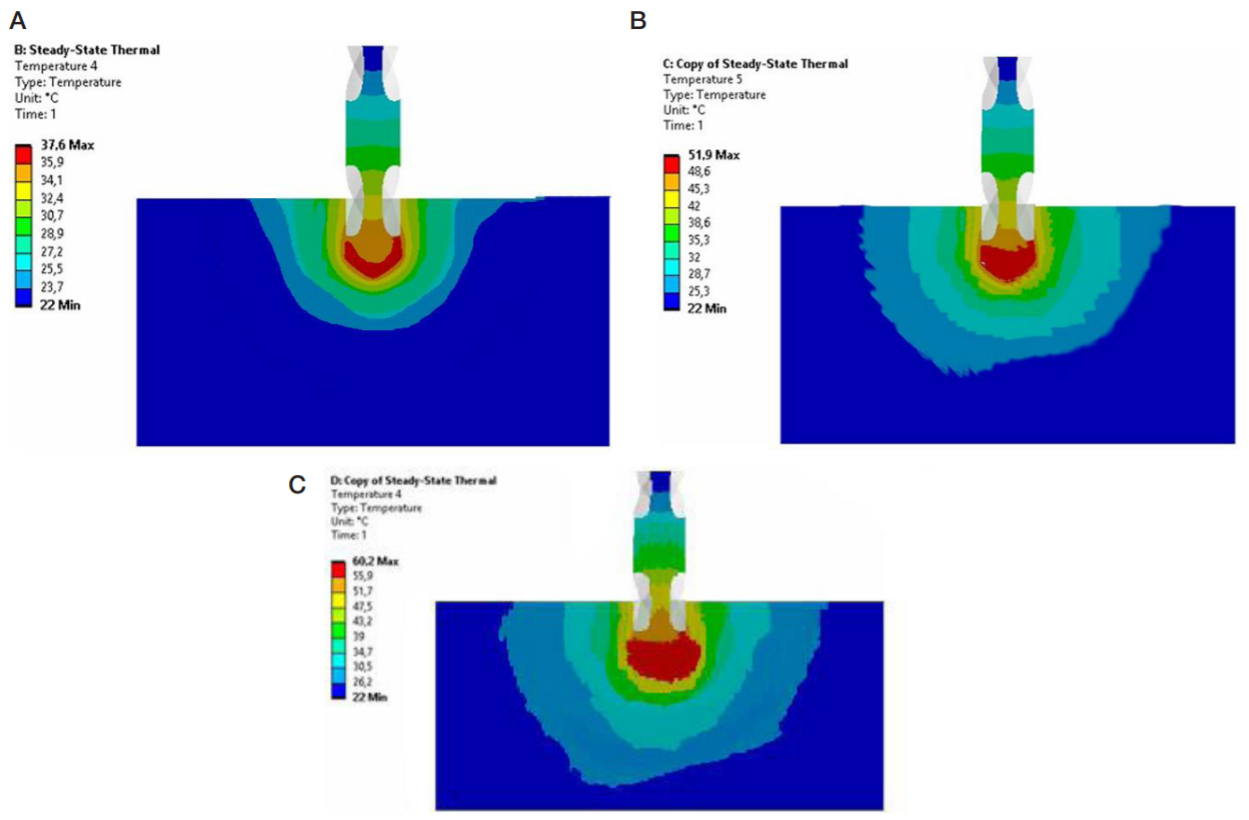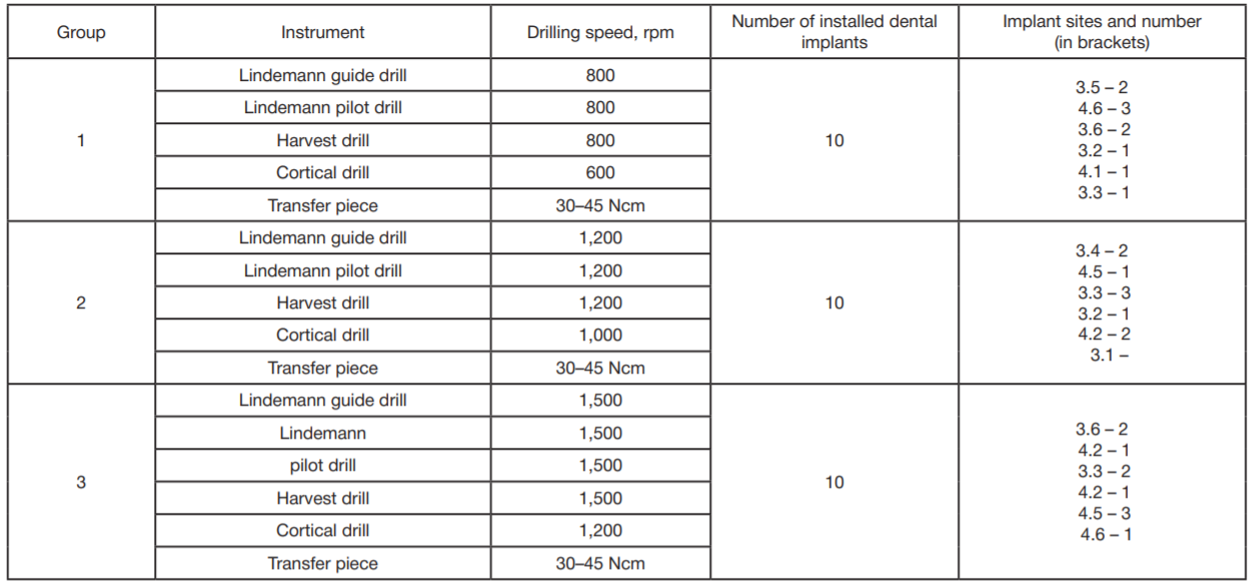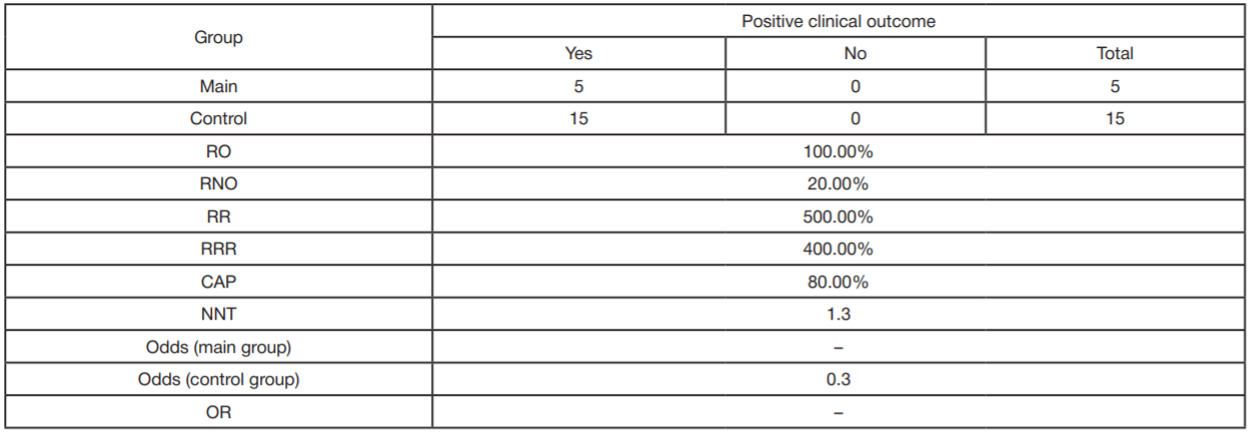
This article is an open access article distributed under the terms and conditions of the Creative Commons Attribution license (CC BY).
ORIGINAL RESEARCH
Analysis of osseous tissue temperature during preparation of recipient bed for cylindrical implants
Samara State Medical University, Samara, Russia
Correspondence should be addressed: Alexander V. Ivashchenko
Chapaevskaya, 89, Samara, 443099; ur.xednay@9411311s
Author contribution: Ivashchenko AV, Postnikov MA collected and analyzed clinical data; Tlustenko VP did organizational work and conducted the experiment; performed systematic analysis; Popov NV performed statistical analysis of the obtained data; Yablokov AE did organizational work and conducted the experiment, collected and analyzed clinical data; Tlustenko VS analyzed clinical data. Tugushev VV, Cherezova NI, Mukhina AA did organizational work and conducted the experiment; Belanov GN — sistematic analysis.
Compliance with ethical standards: the study was approved by the Ethics Committee of Samara State Medical University (Protocol 209 dated February 3, 2021).




